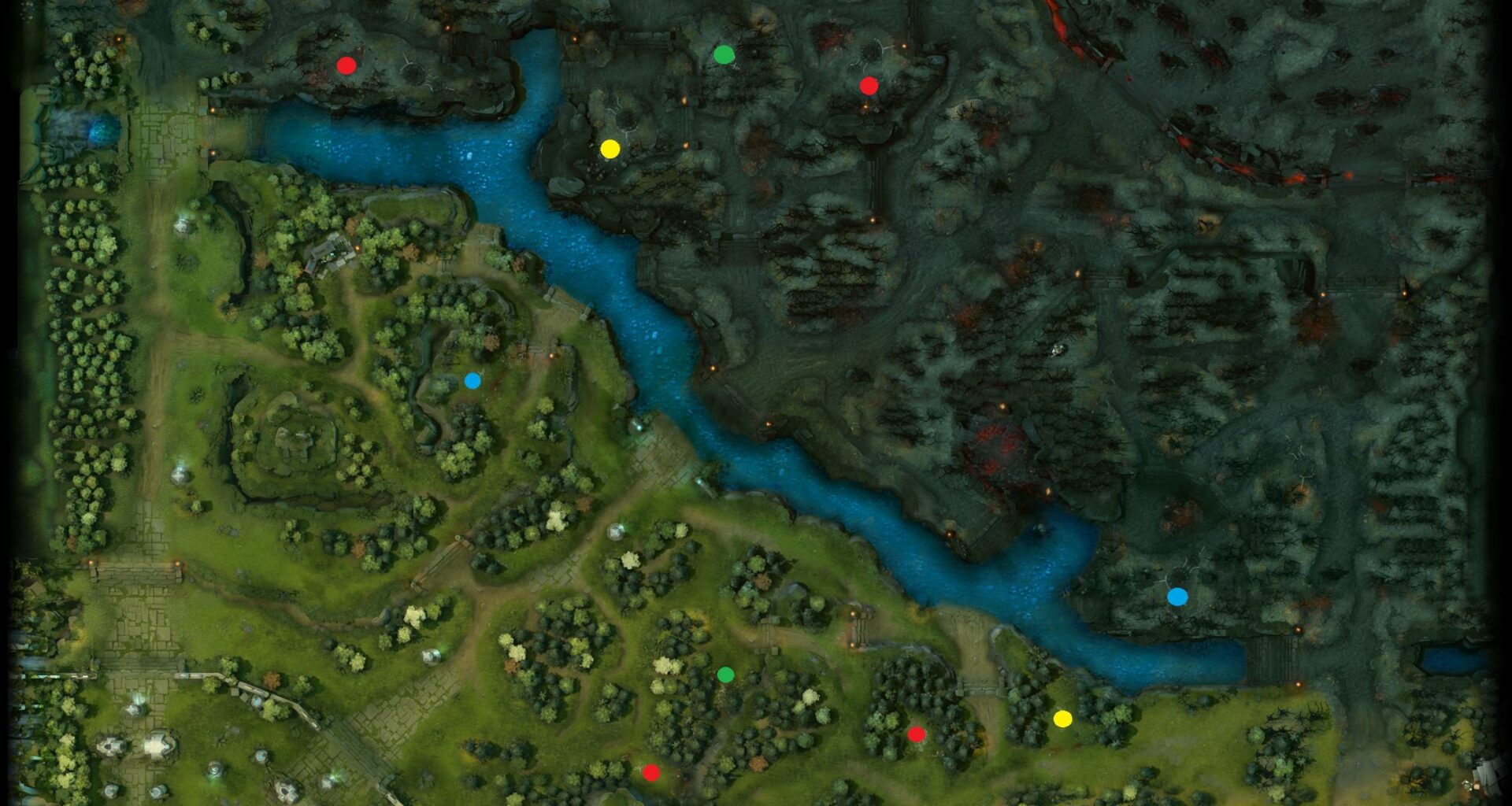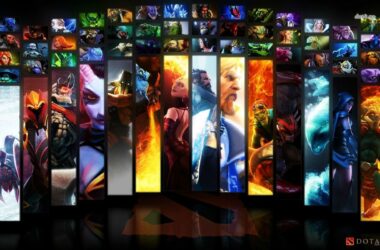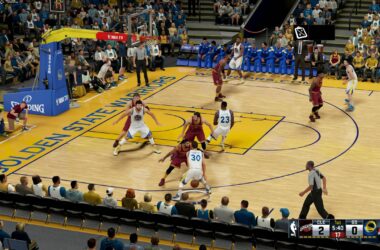Mods are unique to PC gaming. Unlike their mobile and console counterparts, the open nature of the PC allows for amateur game designers and programmers to take an existing game engine—sometimes along with the art assets—and build something that is vaguely familiar but can, once in a while, result in something wholly innovative. It can even be a vehicle for teaching children how to code, or at least convince parents that there’s some educational value in video games.
Real-time strategy (RTS) is a genre of gaming that has given rise to a rich modding community, which in turn has actually evolved the genre and landscape of gaming in significant ways. The combination of:
- Mostly 2D gameplay (e.g., simplifies the engine, AI, and rules)
- Lots of different units and art assets
- Flexible win conditions and rules
- Multiplayer friendliness
Has enabled mods to not only tweak base games in all sorts of unique ways, but experiment with new gameplay rules that eventually go on to spawn new genres. A ton of credit goes to Starcraft—its Aeons of Strife map introduced and popularized some of the core ideas around both tower defense and multiplayer online battle arena (MOBA) games—but even moreso to Warcraft 3.
Warcraft 3 really opened the gates to creative modding; its game engine allowed for more flexibility in editing and scripting all its units, while the emphasis of hero characters gave an anchor point to develop gameplay strategies and dynamics. The 2 most popular custom maps for the game were eventually:
Elemental TD, revitalizing the entirety of the “tower defense” genre, which then took on even bigger life in the early days of the app store due to the ease of development and relaxed gameplay. This genre, though, seems to have run through its course.
Defense of the Ancients, which put 10 players on 2 teams, each controlling a single hero unit with special abilities, fighting across a single map with creeps and towers and shops and bases and a pile of other details. This genre of gaming became so popular that the more accessible offshoot ascended to the most popular game in the world, while one of the map creators helped recreate the game with professional developers and that game holds the largest1 esports tournament in the world. For a bit, it seemed like every possible spin on MOBAs was being explored by some developer, though few were able to sustain the player-based needed to keep their game going.
From DotA 2, then, comes the next evolution of the genre, the Auto Chess game. The name itself doesn’t make much sense; its only resemblance to chess is using a 8×8 grid to place pieces (heroes), though the fights themselves are indeed automatic. The gameplay involves 8 players randomly fighting each other, buying and selling and upgrading heroes and placing them strategically around the game board. There are items to win from fighting creeps, hero types that placed together add bonus modifiers, and generally enough layers of complexity—along with good ol’-fashioned randomness—that has made it the mod to play in the DotA 2 client. In fact, there are now at least 3 major games: Auto Chess2, DotA Underlords3, and Teamfight Tactics4.
I’d like to think of each game and its eventual mod-turned-game as a continuous refinement of real-time strategy gameplay. For Aeons of Strife, it emphasized the giant battles of Starcraft without requiring its players to be as proficient with Starcraft’s famously taxing micro gameplay; for DotA, it was providing the opportunity to control just one hero unit and its abilities/spells without worrying about the rest of the army; for Auto Chess, I’d say that a part of the attraction is simplifying the items and hero abilities in favor of repeated team fights.
Certainly each genre has stood on its own over time, but it’s quite fascinating to see how some of the initial systems around how units fought—things like armor and experience and attack ranges—reflect the original ruleset from Starcraft. Hell, some of the hero art in the now-independent Auto Chess can be traced back to the unit models in Warcraft 3, as that caricature has now taken on life of its own. The form of real-time strategy with resource mining and base-building and giant armies has largely faded, but its gaming lineage is one of the most impressive in breadth and popularity.



